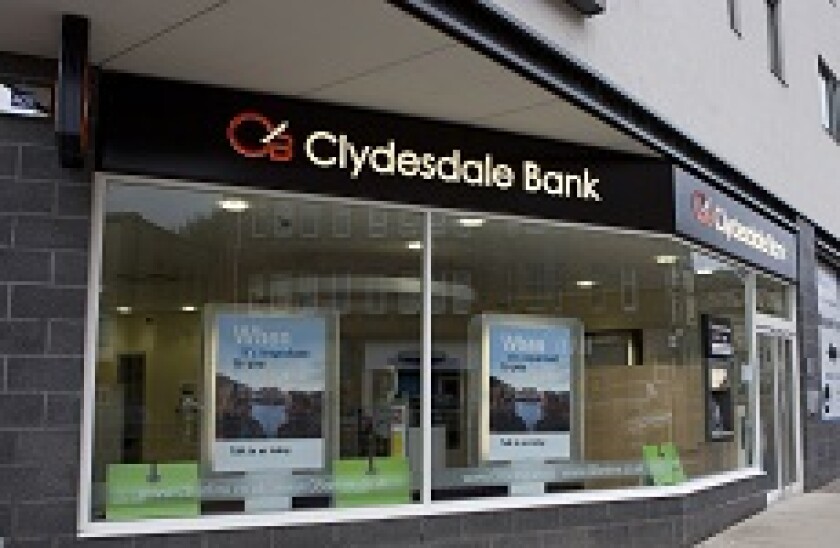It is easy to understand why CYBG — which owns Clydesbank Bank, Yorkshire Bank and, as of Monday, Virgin Money — targeted changing to the IRB method as a major goal.
Last week the firm announced that the Bank of England’s Prudential Regulation Authority had granted it accreditation to use IRB models for its mortgage and SME/corporate portfolios.
The approach will treat parts of its book far more leniently: its risk-weighted mortgage assets drop by around £4.5bn on second quarter figures. The fall for SME/corporate exposure is in the more modest £800m area.
This in turn gives CYBG’s capital ratios a big boost. On second quarter figures, its common equity tier one (CET1) ratio soars by more than one third: from around 11.4% to around 15.3%. And as such CYBG will have lower minimum requirements for own funds and eligible liabilities (MREL).
The change also brings new business opportunities. CYBG can now “target segments of the lending market where previously it was difficult to compete effectively due to a disparity in capital requirements”, it said in a statement.
And that disparity compared with larger banks is why other challenger banks are desperate to marshal considerable resources to migrate to an IRB approach too. It particularly brings benefits for residential mortgage lending with a low loan-to-value ratio.
Metro Bank has submitted an IRB approach for residential mortgages and says it expects to transition in the second half of next year. With the bank hungrily gobbling up capital, most recently through from equity and subordinated debt raises this year, the benefits of a lighter RWA profile and thus lower capital needs will be keenly felt.
OneSavings Bank and Charter Court Financial Services are also working on developing an IRB approach.
In February 2017, when the PRA announced proposals to reduce the disparity between the standardised approach and the IRB approach, Sam Woods, deputy governor for prudential regulation said: “This consultation is a major step forward for the PRA in facilitating effective competition, reducing capital requirements for eligible small firms.”
But the size of Clydesdale’s gain suggests not enough progress has been made. Depending on how high you think capital requirements should be, it gives the impression that either the standardised model is too harsh, or IRB models allow banks to get away with too much.
It also means there is regulatory bias towards the largest banks in the residential mortgage sector. Implicitly favouring the largest lenders is not necessarily a bad strategy: for example, there is an argument that enforcing MREL on Europe’s small banks could boost the European banking sector’s resilience by forcing them to consolidate.
But the PRA has sometimes indicated it wants to go in the opposite direction.
The discrepancy between the two ways of calculating RWAs should be smoothed out by the finalised Basel III agreements (dubbed Basel IV by the market). These introduced an output floor, preventing banks that use IRB models from reducing their RWAs to below 72.5% of what they would be under a standardised approach.
But for the time being, there is one rule for the big banks and another for the rest in the UK.
